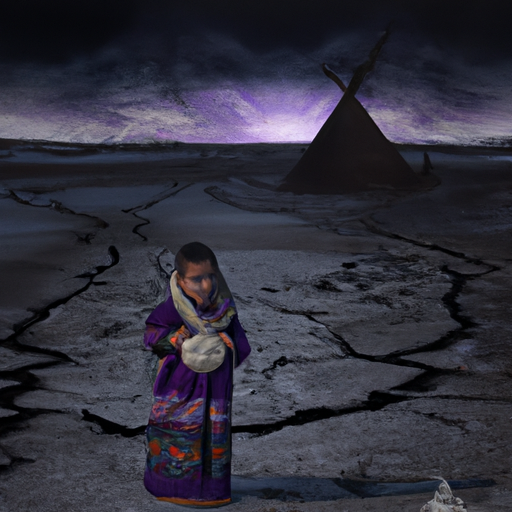A Deeper Look at the Indigenous Children’s Hardship Amid the Canadian Opioid Crisis
In the middle of Canada’s wave of opioid dependency, a new report shows that its negative impacts are reaching far and wide, affecting even the most vulnerable section of society – indigenous children. The report, recently published, presents a stark and concerning picture of the situations these children face and their heightened susceptibility to these threats.
Key Points:
– Indigenous children are disproportionately affected by the opioid crisis, as highlighted in the recent report.
– Widespread addiction and associated issues exacerbate child poverty in indigenous communities.
– The opioid class action lawsuit is a potential source of provision and protection for these children.
– Intervention measure suggested by experts includes improving access to mental health services and culturally sensitive policy implementation.
Unveiling the Disproportionate Impact on Indigenous Children
A report by the Canadian Paediatric Society (CPS) states that Canada’s indigenous children are disproportionately bearing the brunt of the opioid epidemic. These children are not only bestowed with the burdens of poverty but also are often the victims of addictions, mainly to opioids, rampant in their communities. The infection isn’t merely staying at the individual level but is spilling over into their homes, causing widespread disruption and distress.
Unfortunately, this crisis doesn’t stop with just this already grim scene. Encircling the crisis is a complex interplay involving socio-economic factors, historical issues, inequality, and homelessness. All these factors are further deepening the damage done by the opioid crisis in these communities.
Can Opioid Class Action be the Beacon of Hope?
The opioid class action lawsuit, currently making its way through the courts, could potentially be a significant part of the solution. This lawsuit aims to hold accountable the companies that produced and distributed these highly addictive drugs, making them pay for the devasting outcomes. The awarded compensations could go a long way in providing the vital resources the indigenous communities require to cope with and recover from this crisis.
Furthermore, if executed rightly, the opioid class action could help pave the path towards preventing such crises in the future by setting a stern precedent for pharmaceutical companies.
Expert Recommendations – A Ray of Hope for Indigenous Children
While immediate steps to mitigate the impact of the opioid crisis on indigenous children are imperative, experts suggest that long-term solutions must also be looked into. They recommend improving access to mental health services, child protection, and substance abuse programs, particularly within indigenous communities.
As homelessness frequently co-exists with addiction, providing secure housing options and supportive services targeting homeless individuals within these communities could be highly effective.
Moreover, experts emphasize that policies and programs must be culturally sensitive, acknowledging the traditional indigenous practices and their historical experiences. They believe that this could go a long way in leading these communities towards healing and recovery.
To Conclude
The unflinching reality is that the opioid epidemic is seeping through the fabric of Canadian society, and it is leaving no stone unturned. The adverse effects on the indigenous children are a deeply troubling aspect of the crisis that needs immediate attention. Despite the inherent complexities associated with tackling this crisis – a mix of socio-cultural and economic barriers, homelessness, and historical traumas, there are still rays of hope.
The opioid class action may play a crucial role in bringing justice and provision for these children and their communities, marking a turning point. Furthermore, the implementation of culturally sensitive policies and the enhancement of access to mental health, child protection, and addiction services can help usher in long-lasting changes.
Let us remember, the battle with the opioid crisis isn’t just statistical; it’s deeply human and involves ensuring that even the most vulnerable – indigenous children – do not slip through society’s safety net.
Find more details about the report here: Source


